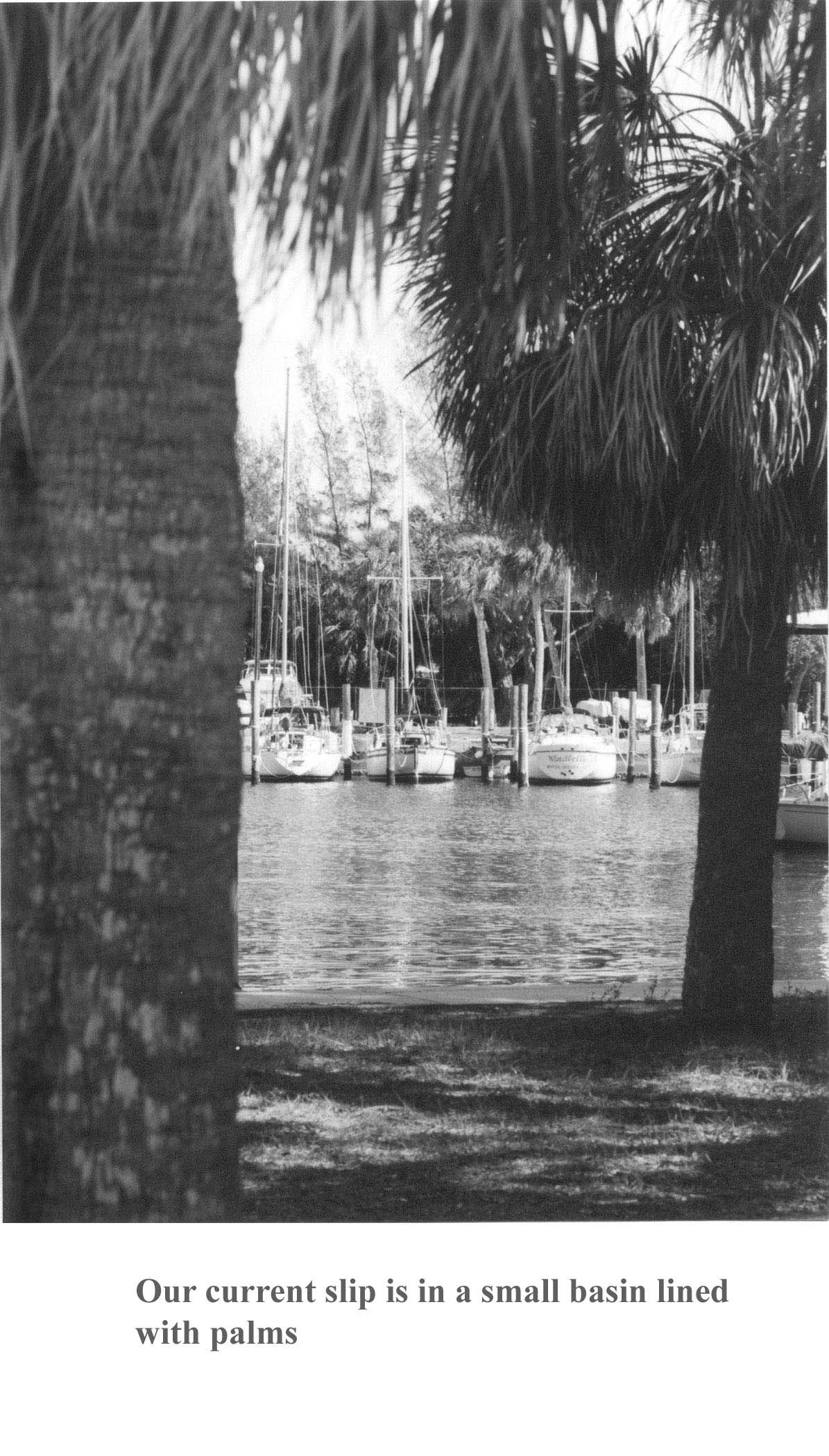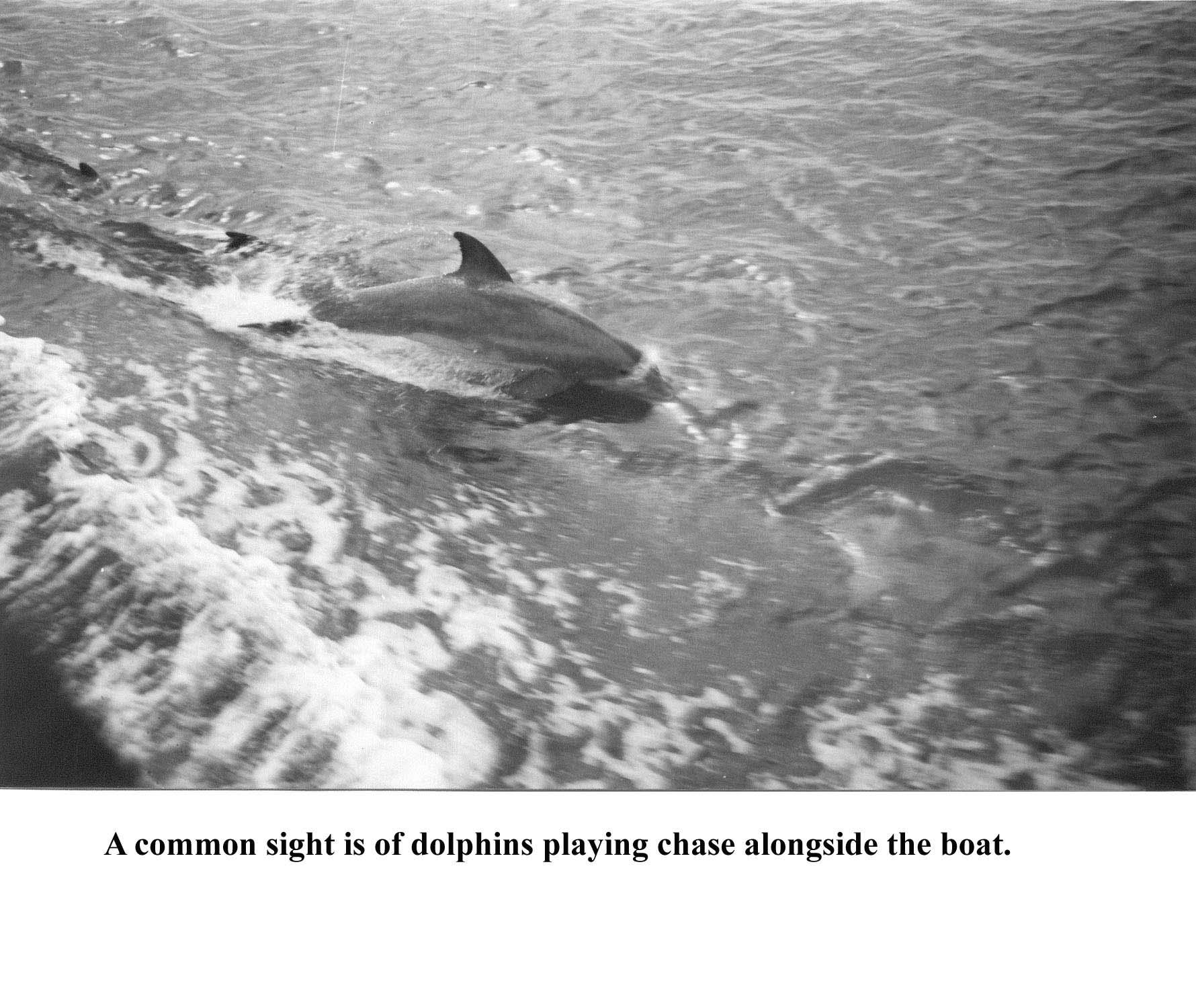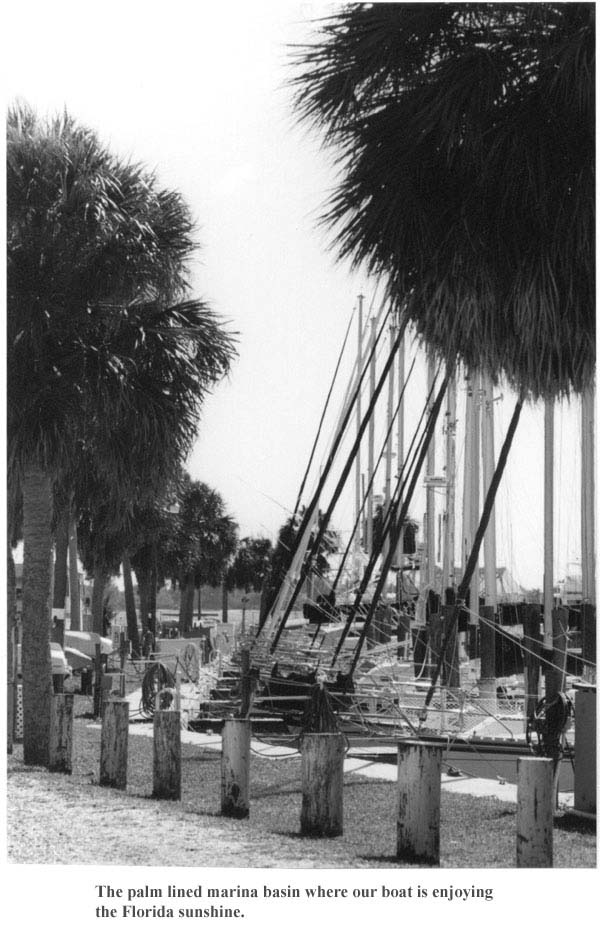
Mighty River: A Mighty Fine Teacher
by Terry and Kristi Lane Schwarze
For over a decade we have owned sailboats and sailed them on Lake Pepin. From our first boat, a 17-foot Montgomery, to our classic 25-foot Phillip Rhodes Meridian, then to our current pride, a 31-foot Southern Cross, we had talked about sailing warmer waters with ready access to more exotic destinations. As weekend sailors, we had our appetites whetted for new horizons through sailing adventures on the Great Lakes (Michigan and Superior), the Caribbean, and the Gulf coast of Florida. We chose to move our Rhodes to the Manatee River at the southern end of Tampa Bay a little over two years ago. Last year we unexpectedly sold the Rhodes and moved our Southern Cross to the same location. For a little over two years we have been sailing the gulf coast of Florida and find that we love sailing Florida. As we reflect back, we realize that sailing Lake Pepin, a natural lake on the upper Mississippi River, was a wonderful preparation for our current sailing adventures.
 |
We have identified the following lessons learned sailing Lake Pepin that apply to coastal sailing.
Boat handling skills. Lake Pepin allows ample opportunity to hone one’s skills in sail handling, trimming and tacking. The width of the river necessitates frequent tacking and the prevailing winds provide more sailing days cruising the width instead of the length of the river. Bluffs along Lake Pepin provide unique and sudden wind shifts that require rapid response to modify sail trim and, sometimes, the course of sail. Shifting shoals and sandbars due to currents, which are similar to tide shifts, require constant attention to water surface for locating thin water. Currents also are great facilitators for learning how your particular boat moves through the water. Currents play a significant role in a boat’s maneuverability; speed through water as well as over ground etc.
Rising and falling of water levels. For years we confronted high water in the spring during river flooding and low water during the fall during dry spells. In Florida we have tides that rise and fall usually twice each day and with the new phases of the moon we even experience the “extreme” tides that can, during hurricane weather, literally drain the local rivers.
Sharing the water. Watching for barges. One memorable Sunday a tow captain, attempting to navigate Lake Pepin amidst an obstacle course of sail and powerboats, announced in a southern drawl over the VHF that “steel and plastic do not mix” and warned all to stay clear of his ten barge brigade. We learned to “share” the waterway with commercial vessels, gauging distance and speed. We still have barges and as an addition to the mix we now have freighters, tankers and cruise ships. These vessels require similar vigilance, care, and sometimes a change in course to keep our sail boat a safe distance. Once again bringing to mind the warning of the barge captain that “steel beats ‘plastic’ every time”.
Calling lockmasters, calling bridge tenders. While similar, there are a few differences. In the area of Lake Pepin and all along the Mississippi, the function of the locks is to support commercial vessels and therefore, their passage is a priority. On the intracoastal system, the vast majority of the traffic is recreational so waiting for the approach of a commercial vessel is uncommon. Secondly, lock traffic is totally controlled by the lockmaster. Bridge passage is a shared responsibility. The bridge tender decides when to lift or swing the bridge segment but the order of passage is a cooperative venture of all those vessels seeking passage. Consideration and courtesy by boat captains are important factors. Thirdly, many bridges open on a set schedule rather then on demand so being in position to pass through is a matter of timing. Recently, on a trip along the intracoastal from Venice to Anna Maria one good natured bridge tender commented on our “slow” progress (5.5 knots) in our effort to make his scheduled bridge opening, that “… that you are so slow, capt’n, you’d be faster getting out and pushing that boat.” Traditional cruising sailboats may fare very well on the open seas, but most of them do not seem to be designed to motor along much above single digit hull speed.
 |
Docking. On Lake Pepin we enjoyed the ease of floating docks. Slide in, secure, and step off. We now dock the boat amidst pilings and fixed docks. Pilings require different tactics including honing one’s lassoing skills and, on a low tide, clambering up to the dock planking. Of course having palm trees standing watch at the head of our slip offsets these minor inconviences. We have adapted well. In addition, while boat captains up north as well as down south at dock seem equally creative in finding ways to keep birds from depositing waste on decks we have the good fortune of listening to the constant chatter of wild parrots that live in the palms that grace our slip.
 |
Delegating a captain when underway. The job should go to the individual with the most knowledge of the most systems on the boat. Time at the helm counts a lot when encountering unfamiliar conditions or locations. Like navigating channel markers against a swift current and knowing how your boat will react.
Embracing self-reliance. With boatyards being few and far between on upper Midwest Rivers and lakes it is important to feel comfortable working on all the systems of the boat. By contrast Florida boatyards are plentiful so access is not a problem. But, we find there is something gratifying about being able to do our own repair work. We learned self-reliance by repeatedly buying old boats that needed TLC and found that the effort was a joy not a chore and, in the process, learned to repair many of the systems.
Reading charts. We used charts to navigate expeditions from Lock #1 in the Twin Cities through Lock #13. We realize that shallow draft boats can navigate Lake Pepin, Tampa Bay, the Gulf of Mexico and even the ICW without consulting a chart but with a draft of 4 and one- half feet it is risking many an hour hung up on a wing dam, sandbar or shoal.
Enjoying time on-board. In Florida, distances are greater. On Lake Pepin, we loved sailing all day, anchoring for the night and sailing the next day. Here destinations frequently discussed are 19 hours at the helm (even “months” in the case of some crossings). Whatever amount of time you spend on-board, it is important that it is enjoyable.
As a final note, for us, sailing Florida waters is a destination in and of its self. But, then again, who knows what a year or two may bring; another 20 miles, another two days more, a little further. We are still River Rats! We now live 2 blocks from the Manatee River. We still sail the river but more often, we spend 15-minutes heading out the mouth of the river and are sailing Tampa Bay. We realize that the Mighty River has many lessons to teach. We plan on returning to the river with our West Wight Potter 15 to continue our sailing education on Lake Pepin on the Mississippi, a Mighty River and a Mighty Fine Teacher.
About the Authors
Terry and Kristi Lane Schwarze sail Sea Dragon their Southern Cross 31 in South Florida. In late summer and early fall they sail Dragonfly, their West Wight Potter 15 on Lake Pepin and throughout the upper Midwest. Terry was the editor of the Montgomery Owner’s Newsletter during the early 90’s.